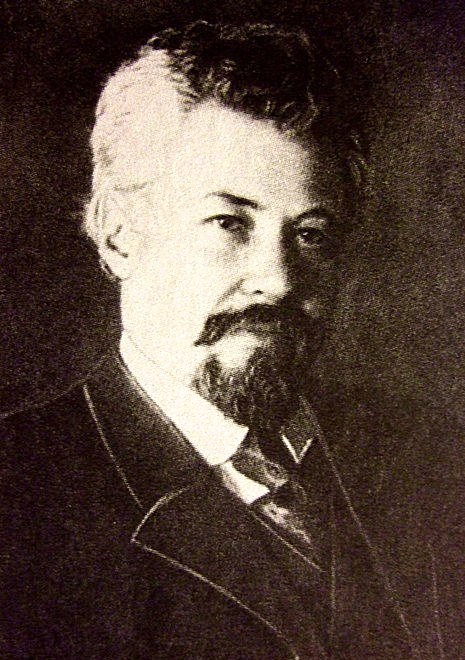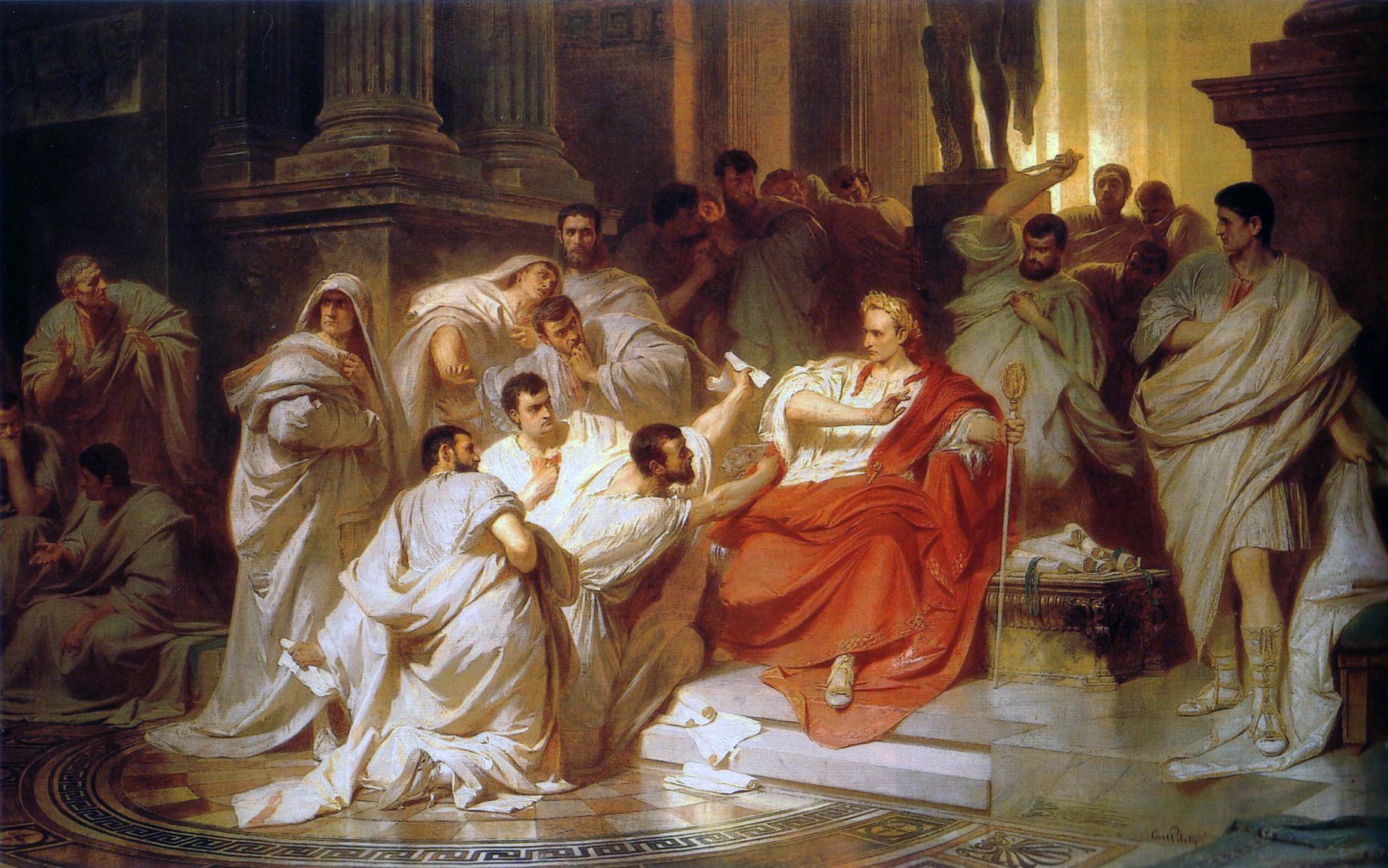|
Russian Democratic Federative Republic
The Russian Republic,. referred to as the Russian Democratic Federal Republic. in the 1918 Constitution, was a short-lived state which controlled, ''de jure'', the territory of the former Russian Empire after its proclamation by the Russian Provisional Government on 1 September (14 September, ) 1917 in a decree signed by Alexander Kerensky as Minister-Chairman and Alexander Zarudny as Minister of Justice.The Russian Republic Proclaimed at prlib.ru, accessed 12 June 2017 The of the Russian Republic was dissolved after the Bolsheviks seized power by ... [...More Info...] [...Related Items...] OR: [Wikipedia] [Google] [Baidu] |
February Revolution
The February Revolution ( rus, Февра́льская револю́ция, r=Fevral'skaya revolyutsiya, p=fʲɪvˈralʲskəjə rʲɪvɐˈlʲutsɨjə), known in Soviet historiography as the February Bourgeois Democratic Revolution and sometimes as the March Revolution, was the first of two revolutions which took place in Russia in 1917. The main events of the revolution took place in and near Petrograd (present-day Saint Petersburg), the then-capital of Russia, where long-standing discontent with the monarchy erupted into mass protests against food rationing on 23 February Old Style (8 March New Style). Revolutionary activity lasted about eight days, involving mass demonstrations and violent armed clashes with police and gendarmes, the last loyal forces of the Russian monarchy. On 27 February O.S. (12 March N.S.) the forces of the capital's garrison sided with the revolutionaries. Three days later Tsar Nicholas II abdicated, ending Romanov dynastic rule and the Russia ... [...More Info...] [...Related Items...] OR: [Wikipedia] [Google] [Baidu] |
Russian Soviet Federative Socialist Republic
The Russian Soviet Federative Socialist Republic, Russian SFSR or RSFSR ( rus, Российская Советская Федеративная Социалистическая Республика, Rossíyskaya Sovétskaya Federatívnaya Socialistíčeskaya Respúblika, rɐˈsʲijskəjə sɐˈvʲetskəjə fʲɪdʲɪrɐˈtʲivnəjə sətsɨəlʲɪˈsʲtʲitɕɪskəjə rʲɪˈspublʲɪkə, Ru-Российская Советская Федеративная Социалистическая Республика.ogg), previously known as the Russian Soviet Republic and the Russian Socialist Federative Soviet Republic as well as being unofficially known as Soviet Russia,Declaration of Rights of the laboring and exploited people, article I. the Russian Federation or simply Russia, was an independent federal socialist state from 1917 to 1922, and afterwards the largest and most populous of the Soviet socialist republics of the Soviet Union (USSR) from 1922 to 1991, until becoming a ... [...More Info...] [...Related Items...] OR: [Wikipedia] [Google] [Baidu] |
Russian Consituent Assembly Election
Elections to the Russian Constituent Assembly were held on 25 November 1917, although some districts had polling on alternate days, around two months after they were originally meant to occur, having been organized as a result of events in the February Revolution. They are generally recognised to be the first free elections in Russian history. Various academic studies have given alternative results. However, all clearly indicate that the Bolsheviks were clear winners in the urban centres, and also took around two-thirds of the votes of soldiers on the Western Front. Nevertheless, the Socialist-Revolutionary party topped the polls, winning a plurality of seats (no party won a majority) on the strength of support from the country's rural peasantry, who were for the most part one-issue voters, that issue being land reform. The elections, however, did not produce a democratically-elected government. The Constituent Assembly only met for a single day the following January before bein ... [...More Info...] [...Related Items...] OR: [Wikipedia] [Google] [Baidu] |
Directorate (Russia)
The Directorate (Kerensky Second Government) was the short-lived transitional government of Russia during the Russian Revolution. It consisted of five main ministers and lasted for about three weeks. Members History The Directorate was founded by decree of the Russian Provisional Government on 14 September 1917.ХРОНИКА СМУТНОГО ВРЕМЕНИ. СЕНТЯБРЬ 1917 ГОДА Историк The Directorate was responsible for "public affairs until the establishment of the Cabinet." The Directorate was created to resolve the crisis stemming from the Kornilov Affair and the collapse of the |
Alexander Zarudny
Alexander Sergeyevich Zarudny (russian: Алекса́ндр Серге́евич Зару́дный, in Tsarskoye Selo, Russia – 30 November 1934 in Leningrad, Soviet Union) was a Russian lawyer and politician. In 1887 he was arrested regarding the assassination of Alexander II of Russia but was released due to lack of evidence. In 1902-1917 he worked as a lawyer and a judge. Soon he found that his conscience did not square well with the work of a prosecutor or a judge, and devoted himself to defense work in political cases involving miscarriage of justice, press censorship, or mistreatment of ethnic minorities. His colleague, Oskar Grusenberg, likened him to "a one-man rescue squad." Grusenberg recounts that Zarudny once compiled a list of 157 cases he handled all over Russia, from Eastern Siberia to the Caucasus and Moldavia, in the period 1885-1917, and then added, "there were also 265 other cases." He was one of several Russian lawyers who stepped forward gratis to defe ... [...More Info...] [...Related Items...] OR: [Wikipedia] [Google] [Baidu] |
Russian Provisional Government
The Russian Provisional Government ( rus, Временное правительство России, Vremennoye pravitel'stvo Rossii) was a provisional government of the Russian Republic, announced two days before and established immediately after the abdication of Nicholas II. The intention of the provisional government was the organization of elections to the Russian Constituent Assembly and its convention. The provisional government, led first by Prince Georgy Lvov and then by Alexander Kerensky, lasted approximately eight months, and ceased to exist when the Bolsheviks gained power in the October Revolution in October Old_Style_and_New_Style_dates.html" ;"title="ovember, Old Style and New Style dates">N.S.1917. According to Harold Whitmore Williams, the history of the eight months during which Russia was ruled by the Provisional Government was the history of the steady and systematic disorganization of the army. For most of the life of the Provisional Government, th ... [...More Info...] [...Related Items...] OR: [Wikipedia] [Google] [Baidu] |
Russian Empire
The Russian Empire was an empire and the final period of the List of Russian monarchs, Russian monarchy from 1721 to 1917, ruling across large parts of Eurasia. It succeeded the Tsardom of Russia following the Treaty of Nystad, which ended the Great Northern War. The rise of the Russian Empire coincided with the decline of neighbouring rival powers: the Swedish Empire, the Polish–Lithuanian Commonwealth, Qajar Iran, the Ottoman Empire, and Qing dynasty, Qing China. It also held colonies in North America between 1799 and 1867. Covering an area of approximately , it remains the list of largest empires, third-largest empire in history, surpassed only by the British Empire and the Mongol Empire; it ruled over a population of 125.6 million people per the Russian Empire Census, 1897 Russian census, which was the only census carried out during the entire imperial period. Owing to its geographic extent across three continents at its peak, it featured great ethnic, linguistic, re ... [...More Info...] [...Related Items...] OR: [Wikipedia] [Google] [Baidu] |
De Jure
In law and government, ''de jure'' ( ; , "by law") describes practices that are legally recognized, regardless of whether the practice exists in reality. In contrast, ("in fact") describes situations that exist in reality, even if not legally recognized. Examples Between 1805 and 1914, the ruling dynasty of Egypt were subject to the rulers of the Ottoman Empire, but acted as de facto independent rulers who maintained a polite fiction of Ottoman suzerainty. However, starting from around 1882, the rulers had only de jure rule over Egypt, as it had by then become a British puppet state. Thus, by Ottoman law, Egypt was de jure a province of the Ottoman Empire, but de facto was part of the British Empire. In U.S. law, particularly after '' Brown v. Board of Education'' (1954), the difference between de facto segregation (segregation that existed because of the voluntary associations and neighborhoods) and de jure segregation (segregation that existed because of local laws th ... [...More Info...] [...Related Items...] OR: [Wikipedia] [Google] [Baidu] |
State (polity)
A state is a centralized politics, political organization that imposes and enforces rules over a population within a territory. There is no undisputed definition of a state. One widely used definition comes from the Germans, German sociologist Max Weber: a "state" is a polity that maintains a Monopoly on violence, monopoly on the legitimate use of violence, although other definitions are not uncommon.Cudworth et al., 2007: p. 95Salmon, 2008p. 54 Absence of a state does not preclude the existence of a society, such as stateless societies like the Haudenosaunee, Haudenosaunee Confederacy that "do not have either purely or even primarily political institutions or roles". The level of governance of a state, government being considered to form the fundamental apparatus of contemporary states, is used to determine whether it has failed state, failed. In a federation, federal union, the term "state" is sometimes used to refer to the federated state, federated polities that make up the ... [...More Info...] [...Related Items...] OR: [Wikipedia] [Google] [Baidu] |
Russians
, native_name_lang = ru , image = , caption = , population = , popplace = 118 million Russians in the Russian Federation (2002 ''Winkler Prins'' estimate) , region1 = , pop1 = approx. 7,500,000 (including Russian Jews and History of Germans in Russia, Ukraine and the Soviet Union, Russian Germans) , ref1 = , region2 = , pop2 = 7,170,000 (2018) ''including Crimea'' , ref2 = , region3 = , pop3 = 3,512,925 (2020) , ref3 = , region4 = , pop4 = 3,072,756 (2009)(including Russian Jews and Russian Germans) , ref4 = , region5 = , pop5 = 1,800,000 (2010)(Russian ancestry and Russian Germans and Jews) , ref5 = 35,000 (2018)(born in Russia) , region6 = , pop6 = 938,500 (2011)(including Russian Jews) , ref6 = , region7 ... [...More Info...] [...Related Items...] OR: [Wikipedia] [Google] [Baidu] |
Ruble
The ruble (American English) or rouble (Commonwealth English) (; rus, рубль, p=rublʲ) is the currency unit of Belarus and Russia. Historically, it was the currency of the Russian Empire and of the Soviet Union. , currencies named ''ruble'' in circulation include the Belarusian ruble (BYN, Rbl) in Belarus and the Russian ruble (RUB, ₽) in Russia. Additionally, the Transnistrian ruble is used in Transnistria, an unrecognized breakaway province of Moldova. These currencies are subdivided into one hundred kopeks. No kopek is currently formally subdivided, although ''denga'' (½ kopek) and ''polushka'' (½ denga, thus ¼ kopek) were minted until the 19th century. Historically, the grivna, ruble and denga were used in Russia as measurements of weight. In 1704, as a result of monetary reforms by Peter the Great, the ruble became the first decimal currency. The silver ruble was used until 1897 and the gold ruble was used until 1917. The Soviet ruble officially replaced ... [...More Info...] [...Related Items...] OR: [Wikipedia] [Google] [Baidu] |






_front.jpg)